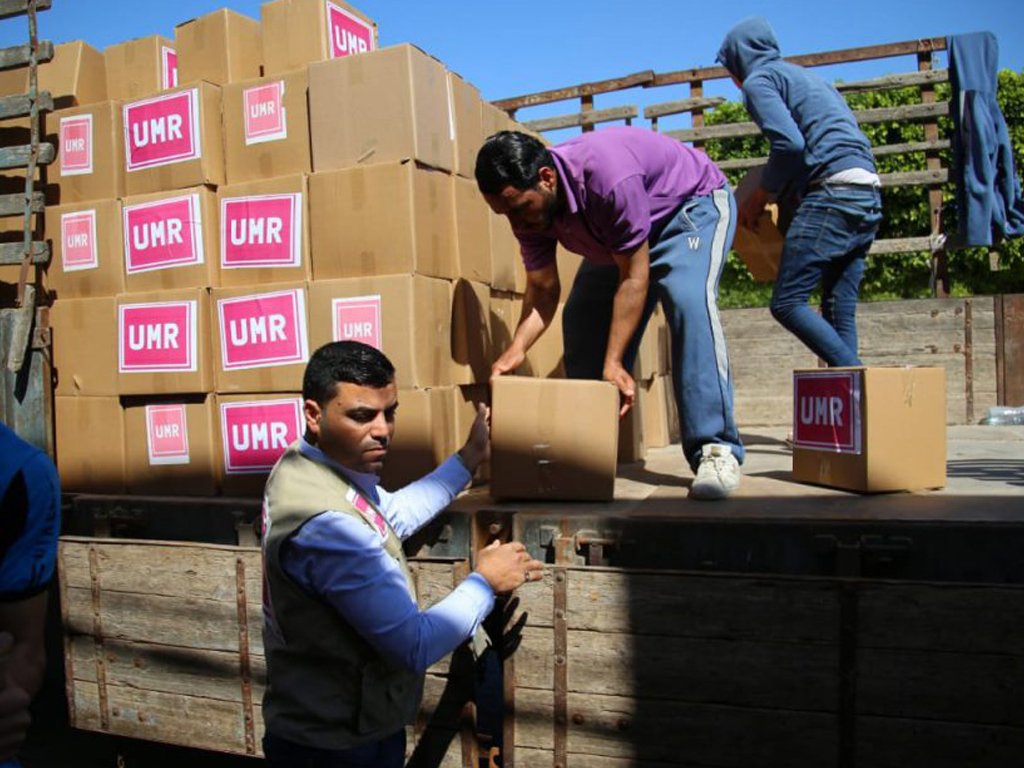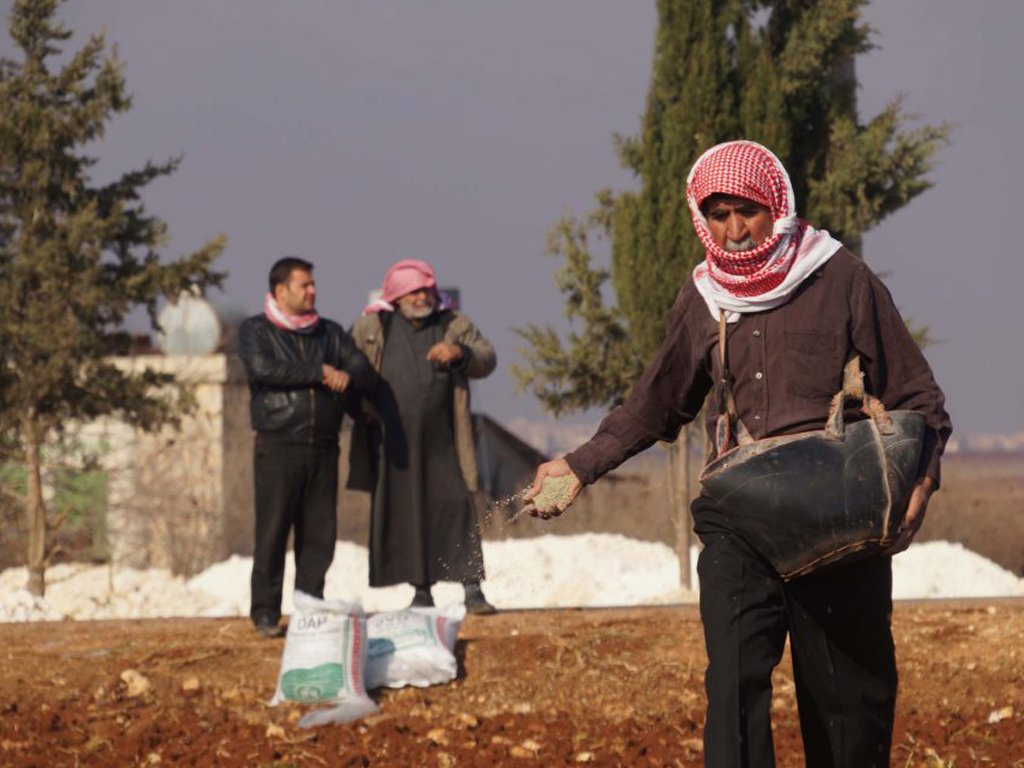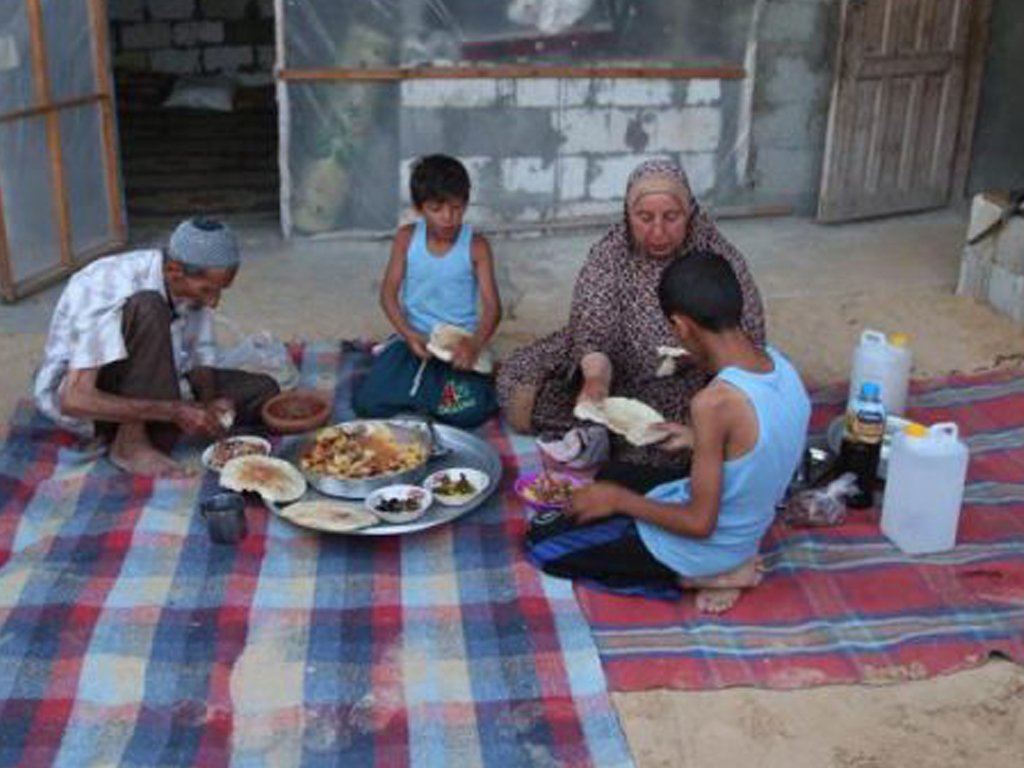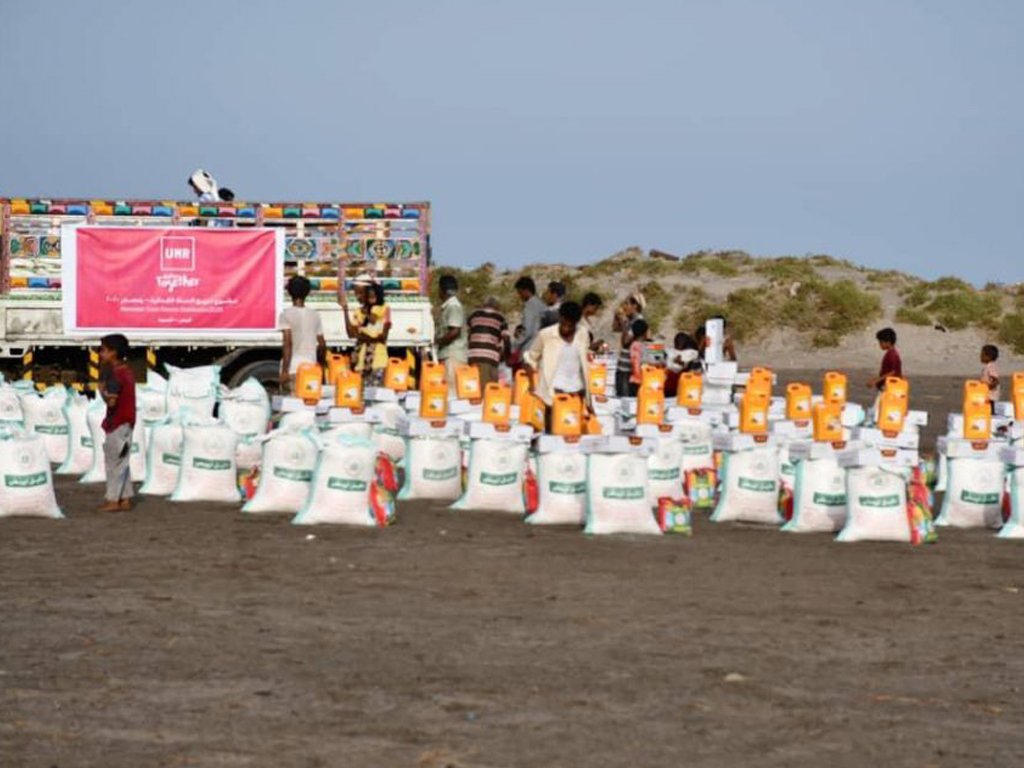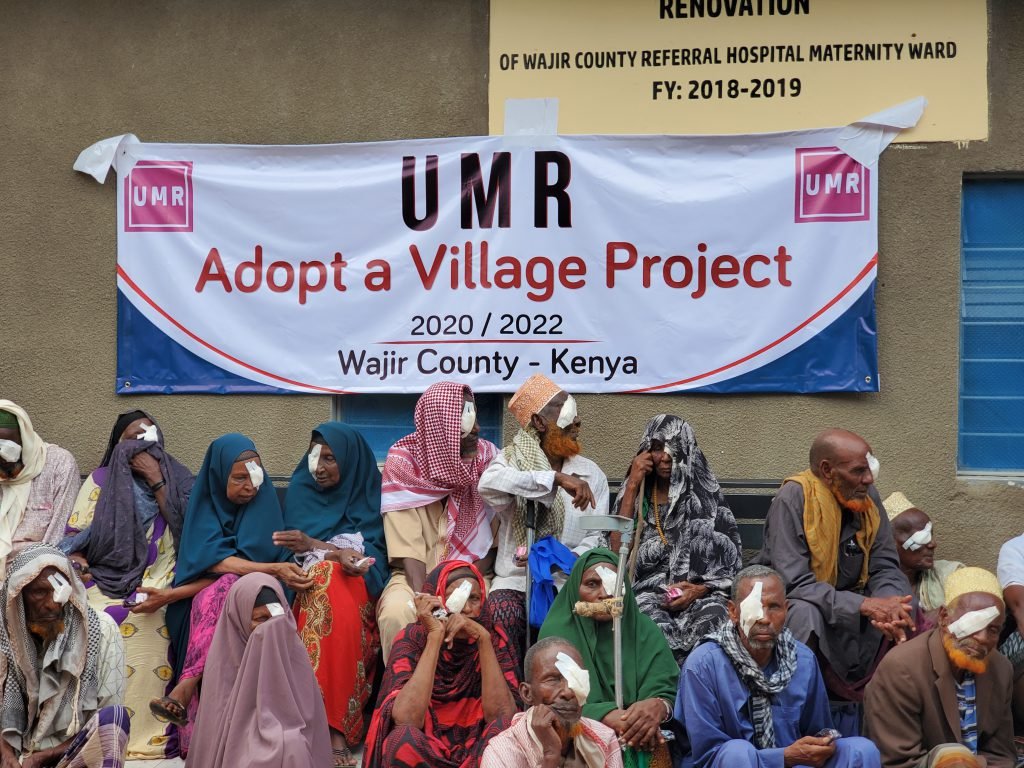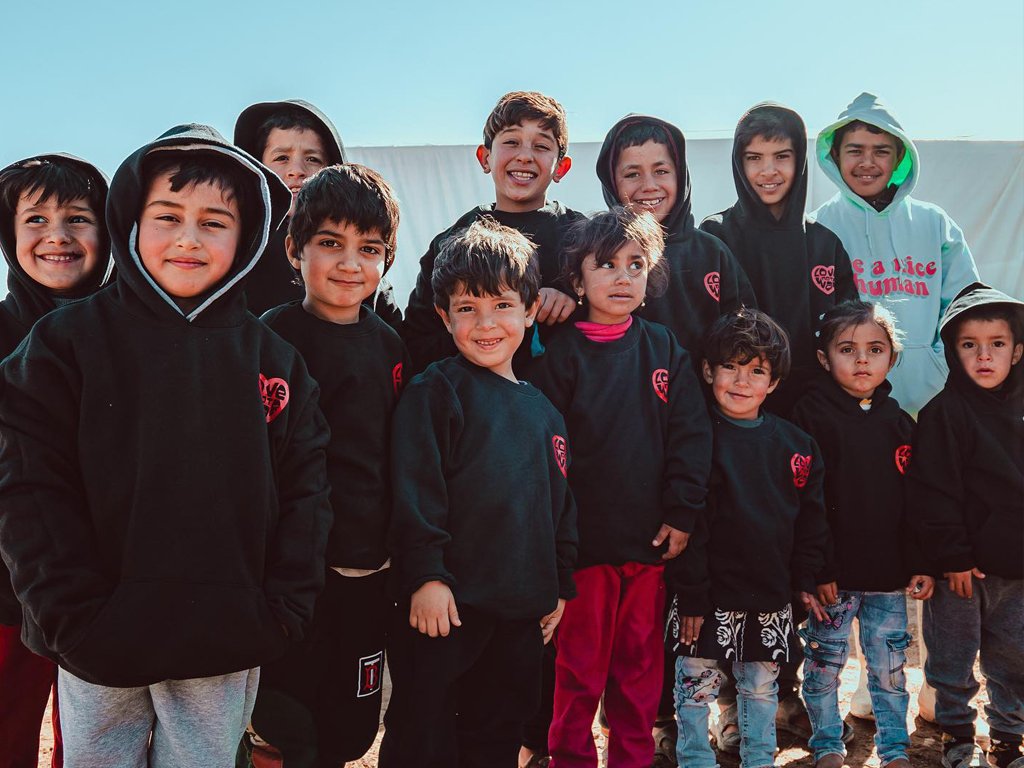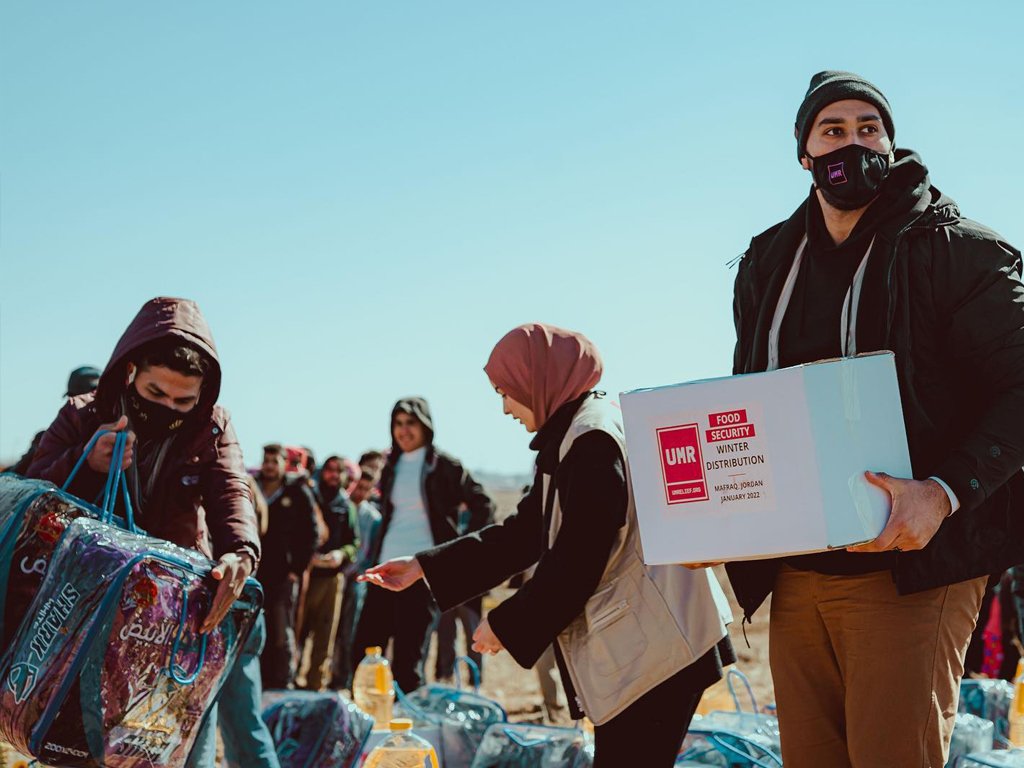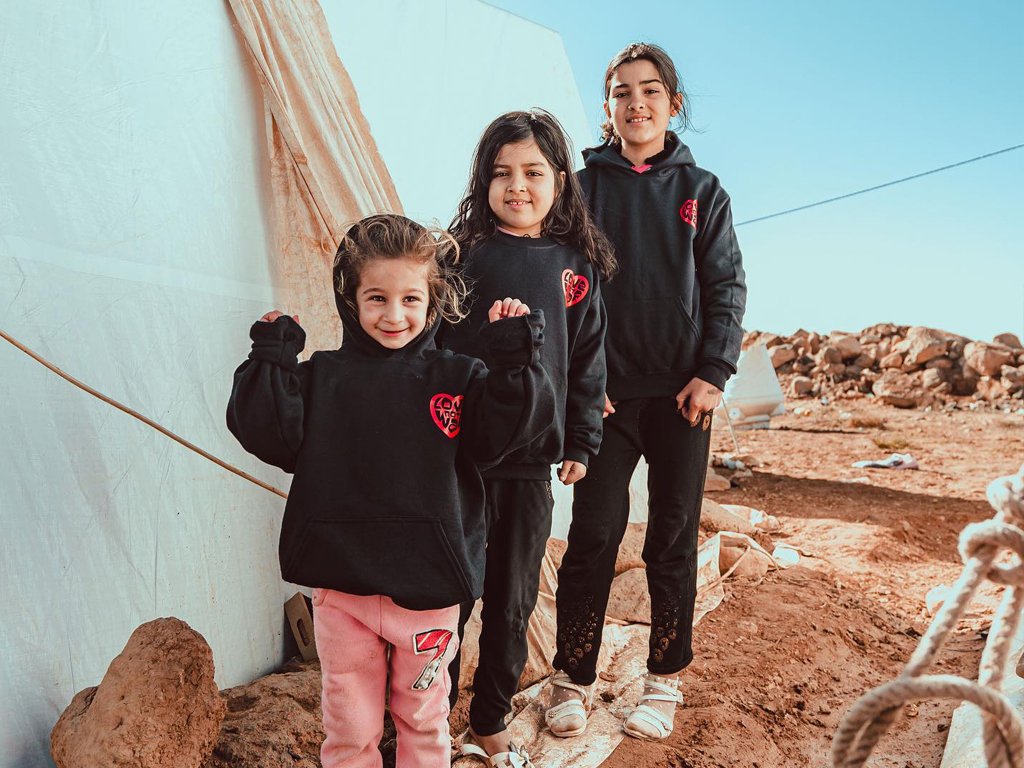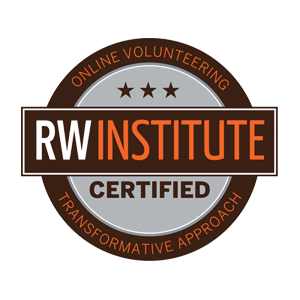Food Security
Experts estimate that a quarter of a billion people are potentially on the brink of starvation.
Vulnerable communities have more logistical, political, and geographic barriers to access healthcare. UMR efforts overcome such barriers through solid coordination and partnerships in the field.
Greatest Burden
At least 1 in 3 children under five – or over 200 million – is either undernourished or overweight, and the greatest burden of malnutrition in all its forms is shouldered by children and adolescents from the poorest and most marginalized communities.
0
M
people
suffer from hunger
0
%
of deaths
among children under the age of five are caused by poor nutrition
0
in 9 people
experiences chronic food hunger
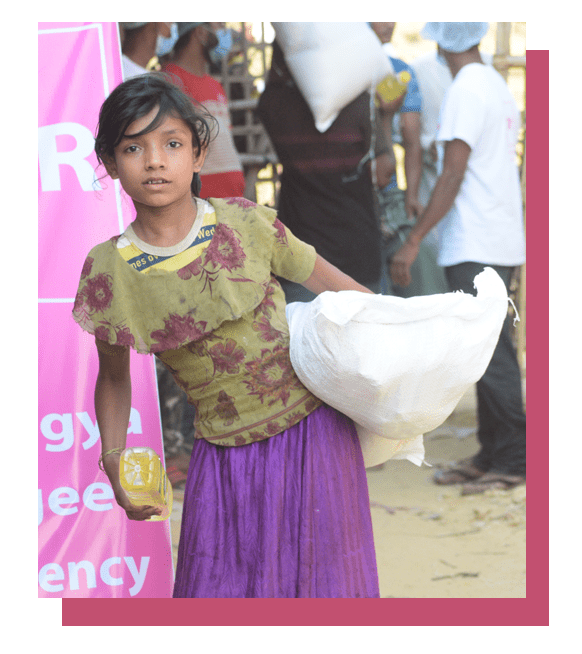
End World Hunger
At UMR, we use our agile resources and staffing to target our efforts in the regions where there has been least progress to end world hunger. These regions are often remote, rural, and/or chronically vulnerable by effect of conflict or natural disaster.
Cultural norms are often strongest in these regions, which makes it difficult to reach hungry households. As such, UMR’s approach to household food security is based on two principles (a) cultural sensitivity, and (b) dignified household nourishment.
Pass the Plate
Every year Muslims around the world observe the holy month of Ramadan by fasting from sunrise to sunset. Unfortunately for hundreds of thousands of families, they will not get the chance to spend this spiritual time in a warm home with nutritious food to break their fast.
Make Difference
Every dollar you can give will make a difference to a desperate family
